Member postings for Mike Donnerstag
Here is a list of all the postings Mike Donnerstag has made in our forums. Click on a thread name to jump to the thread.
| Thread: Early Sherline 5000 Mill Z-Axis Lock |
| 29/09/2023 14:17:54 |
Thanks Michael. I installed it on the milling machine, though it doesn't lock the head against the column, only locking the head to the leadscrew. There is still 0.16mm of movement due to the backlash in the mechanism. Of course, this isn't an issue if the Z-axis is always wound 'UP' to the desired measurement and now down. I had a feeling this would be the case with this lock, though I am a little disappointed. Mike |
| 22/09/2023 10:48:52 |
I've been asked by a friend to look at modifying his early (pre Feb 1999) Sherline 5000 Mill, where the Z-axis lock does not lock the head solidly. The original lock applied pressure to a ball bearing that acts upon the plastic tapered gib. This early solution to locking the head obviously did not work well as Sherline changed the way the head locks. Sherline now supply a saddle lock upgrade kit that is a locknut that acts against the leadscrew nut. I wondered whether anyone here has experience of this mill and what they think of the upgraded Z-axis (head) lock. Also, can anyone confirm the thread of the metric leadscrew. It seems to be a left-hand thread M10 x 1. Many thanks, Mike Edited By Mike Donnerstag on 22/09/2023 10:51:40 |
| Thread: Die for Bending Instrument Bow Underslides |
| 14/08/2023 07:02:56 |
The complex bending tool in the photograph in my first post is made for use with a hammer. I’m wondering whether the holes, slots and inserted metal are some kind of way in which to spread this pressure evenly across the silver sheet as it is being formed. Has anyone seen anything similar to this? Mike |
| 13/08/2023 19:45:50 |
Posted by Jeff Dayman on 13/08/2023 17:31:59:
Since we have no idea what the finished bent part needs to look like, it's pretty hard to address your questions. More info please. Generally speaking, gauge plate will have much longer life than mild steel in many tooling situations. Whether its' extra cost and the lower machinability of gauge plate are justified depends on the loads it will see and how many operations it needs to perform. Apologies Jeff - you're absolutely right. I've attached a drawing below: |
| 13/08/2023 17:25:20 |
As a maker of instrument bows, I need to bend 0.25mm sterling silver sheet with two sharp bends which must be parallel and of an given width. I currently use only a simple mild steel male die, with which I press the silver sheet using a vice, backed up with rubber to form the 'female die'. The die is shown below: This works, though as I need to make several more of a different width, I though I'd better consider my options. I have several questions: 1) In order to ensure the folds are as sharp as possible, would carbon-steel/gauge plate be better for the male die instead of mild steel? 2) What is the purpose of the two cut-outs in the male die in the above photograph? They have two pieces of metal that fit in the slots, perhaps a softer metal? 3) Any information on materials I should use for the male and female dies? Mike
|
| Thread: Customising a Dreadnought File |
| 13/08/2023 16:59:17 |
Many thanks for all of your answers. In the end, I found part of a dreadnought file that I had already cut out of a larger file into a square section. Although I had drawn the temper in a spot when I cut it out, I didn't think this should be too much of a problem. I spent several hours on an upturned belt sander to slowly and carefully grind on the 15deg angle on each side, quenching in water as I went and being careful not to sand my finger-tips! I went through three blue zircon belts, which are probably still good enough for sanding wood. Not great photos, but hopefully they show what I achieved. |
| 10/08/2023 11:22:54 |
I have several new dreadnought files (I think also named 'milled tooth' files) and would like to customise it to give me an isosceles trapezium, roughly square in section but with angles adjacent to the cutting edge of 75deg. I'm wondering the best way to do this. My options, as I understand, are: 1) Cut the file to rough shape using a cutting disc in an angle grinder and attempt to grind the angle using a linisher (my belt sander, held upside down), all trying to preserve the temper of the file 2) Cut the file to rough shape using a cutting disc in an angle grinder, then anneal the file and mill the angle using a milling machine, before re-hardening. (Will fire-scale be a problem?) 3) Abandon the dreadnought file and make my own milled-tooth file (it doesn't need many teeth) from silver steel/gauge plate Any suggestions very gratefully received, as always.
|
| Thread: Unidentified Tool, similar to a 'push-pin' |
| 19/12/2022 10:40:50 |
Many thanks all - I'll go with the beekeeper's tool then. Mike |
| 19/12/2022 10:02:11 |
Many thanks DMR - that explains it! |
| 18/12/2022 21:38:37 |
I see - so the top (wooden-handled) one is for pushing the pin in, and the bottom (aluminium-handled) one is for sinking the pin head below the surface? |
| 18/12/2022 21:13:57 |
Below is a photograph of a tool I can't identify (the one with the aluminium handle), underneath a tool that seems to operate in a similar way that is used to push panel-pins into wood, known as a 'push-pin'. Unlike the push-pin, the aluminium-handled tool has a central plunger that is flush with the sprung tube, making me think it is for a different purpose. Does anyone recognise what this is (the aluminium-handled tool, that is)? Cheers, Mike Edited By Mike Donnerstag on 18/12/2022 21:14:18 |
| Thread: Graduating a Hemingway Taper Turning Attachment |
| 08/11/2022 17:01:13 |
Thanks to everyone who posted a reply - plenty of options! I looked at the Hemingway drawing and notes and just thought, "How the heck do I do this, with my setup? Am I missing something??". These things play on my mind, so it's really great to use this forum to get information from those far more knowledgeable than I! I intend to ignore the 'coarse scale' for now, as John Haine suggested. It seems that the attachment, especially with the micrometer adjustment, doesn't really need the coarse scale. If I find it necessary (or an interesting-enough exercise), I suppose I can always add it at a later date. Mike |
| 07/11/2022 11:08:20 |
I have the Hemingway Taper Turning Attachment (not the one that offsets the tailstock). However, the instructions give little advice on how to put the ‘coarse’ graduations on the end of the guide bar. These graduations have to be made at a 45deg angle on the end of a bar around 11.5” long at a radius of 5.75”, engraving from large to small radius, as shown in the drawing below. I’d be really interested to know whether this can be achieved with a small milling machine (Sieg SX3) and rotary table (I don’t yet have one, but intend to purchase a 6in one).
Mike Edited By Mike Donnerstag on 07/11/2022 11:08:42 |
| Thread: Hemingway taper turning kit for a Myford lathe |
| 06/11/2022 20:55:36 |
No, it’s not the tailstock one but the link in the second post (Neil’s) |
| 06/11/2022 20:24:03 |
I hope nobody minds me hijacking this thread. I, too, bought the Hemingway Taper Turning Attachment. However, the instructions give little advice on how to put the ‘coarse’ graduations on the end of the guide bar. These graduations have to be made at a 45deg angle on the end of a bar around 11.5” long at a radius of 5.75”. I’d be really interested to know whether this can be achieved with a small milling machine (Sieg SX3) and rotary table (I don’t yet have one, but intend to purchase a 6&rdquo Mike |
| Thread: Filing rest - hardened guides ruining files |
| 13/07/2022 06:45:56 |
Leo: That’s very interesting. Are you able to send me a photo of the filing rest you described? Mike |
| 12/07/2022 15:00:12 |
The actual job is a three part viola bow adjuster, made from ebony with silver rings. I turn this to size (to the measurement across the octagon corners), then file to an octagon, 9.5mm in width. This involves removing, at most, 15thous of silver and ebony from each face. The adjuster is held by its 3mm steel shaft, threaded and glued into the ebony. Of course, this doesn’t offer the most rigid setup for the workpiece! It may well be that I’ve been pressing on the files too hard, though I can’t risk any more of my expensive Swiss files, hence my intention of trying non-hardened guide rollers. My other options are: - filing the octagon by hand, workpiece held in a small engineering vice - milling the octagon (very gently!) on my milling machine using an indexing head I realise this is a VERY unusual workpiece, bordering on jewellery making, but I’m sure that engineering principles still apply. Mike |
| 12/07/2022 12:28:35 |
Many thanks to everyone who responded to my post. I am indeed a filing rest for use with a headstock indexer on the lathe and not filing buttons for rounding parts held in a vice. The files I've been using are Swiss Vallorbe/Grobe files, hence why I can't afford to ruin any more! I'll try making the guides from silver steel, unhardened. The guides are designed to rotate, and they do rotate easily by hand. However, the files skid over them, and I assume this is contributing to the wear. I assume this (unhardened silver steel) should cure the problem, though if not I'll try another material such as PTFE or Delrin. Many thanks, Mike |
| 11/07/2022 20:34:18 |
I recently made a Hemingway filing rest, hardening the rotating silver steel guides as stated in the instructions. These rotate freely though, being hardened, files don’t have any ‘bite’ on the guides and skate over them without them rotating. Furthermore, I found that the teeth on the files were bluntened very quickly. Has anyone had a similar experience with hardened filing guides? Thanks in advance,
|
| Thread: Myford Super 7 Spindle Runout |
| 21/06/2022 15:30:43 |
Many thanks to everyone who replied. Tony: It is radial run-out, which I measured on a ground spindle held in an ER40 collet chuck, with a backplate screwed onto the spindle. Martin/blowlamp: Measured on the OD of the the spindle register, the total runout I can measure with my half-thou indicator is around 0.0007" when in lowest back-gear. Perhaps this isn't too bad - let me know what you think. I hadn't realised that the oil film in the front bearing needs to stabilise. How does this affect DTI readings? The belts have been recently replaced and I have also adjusted the bearings recently. My theory is that the balls in a ball race rotate at half of the speed of the spindle. Am I right? Mike |
Want the latest issue of Model Engineer or Model Engineers' Workshop? Use our magazine locator links to find your nearest stockist!
Sign up to our newsletter and get a free digital issue.
You can unsubscribe at anytime. View our privacy policy at www.mortons.co.uk/privacy
- *Oct 2023: FORUM MIGRATION TIMELINE*
05/10/2023 07:57:11 - Making ER11 collet chuck
05/10/2023 07:56:24 - What did you do today? 2023
05/10/2023 07:25:01 - Orrery
05/10/2023 06:00:41 - Wera hand-tools
05/10/2023 05:47:07 - New member
05/10/2023 04:40:11 - Problems with external pot on at1 vfd
05/10/2023 00:06:32 - Drain plug
04/10/2023 23:36:17 - digi phase converter for 10 machines.....
04/10/2023 23:13:48 - Winter Storage Of Locomotives
04/10/2023 21:02:11 - More Latest Posts...
- View All Topics
- Reeves** - Rebuilt Royal Scot by Martin Evans
by John Broughton
£300.00 - BRITANNIA 5" GAUGE James Perrier
by Jon Seabright 1
£2,500.00 - Drill Grinder - for restoration
by Nigel Graham 2
£0.00 - WARCO WM18 MILLING MACHINE
by Alex Chudley
£1,200.00 - MYFORD SUPER 7 LATHE
by Alex Chudley
£2,000.00 - More "For Sale" Ads...
- D1-3 backplate
by Michael Horley
Price Not Specified - fixed steady for a Colchester bantam mark1 800
by George Jervis
Price Not Specified - lbsc pansy
by JACK SIDEBOTHAM
Price Not Specified - Pratt Burnerd multifit chuck key.
by Tim Riome
Price Not Specified - BANDSAW BLADE WELDER
by HUGH
Price Not Specified - More "Wanted" Ads...
Do you want to contact the Model Engineer and Model Engineers' Workshop team?
You can contact us by phone, mail or email about the magazines including becoming a contributor, submitting reader's letters or making queries about articles. You can also get in touch about this website, advertising or other general issues.
Click THIS LINK for full contact details.
For subscription issues please see THIS LINK.
Model Engineer Magazine
- Percival Marshall
- M.E. History
- LittleLEC
- M.E. Clock
ME Workshop
- An Adcock
- & Shipley
- Horizontal
- Mill
Subscribe Now
- Great savings
- Delivered to your door
Pre-order your copy!
- Delivered to your doorstep!
- Free UK delivery!
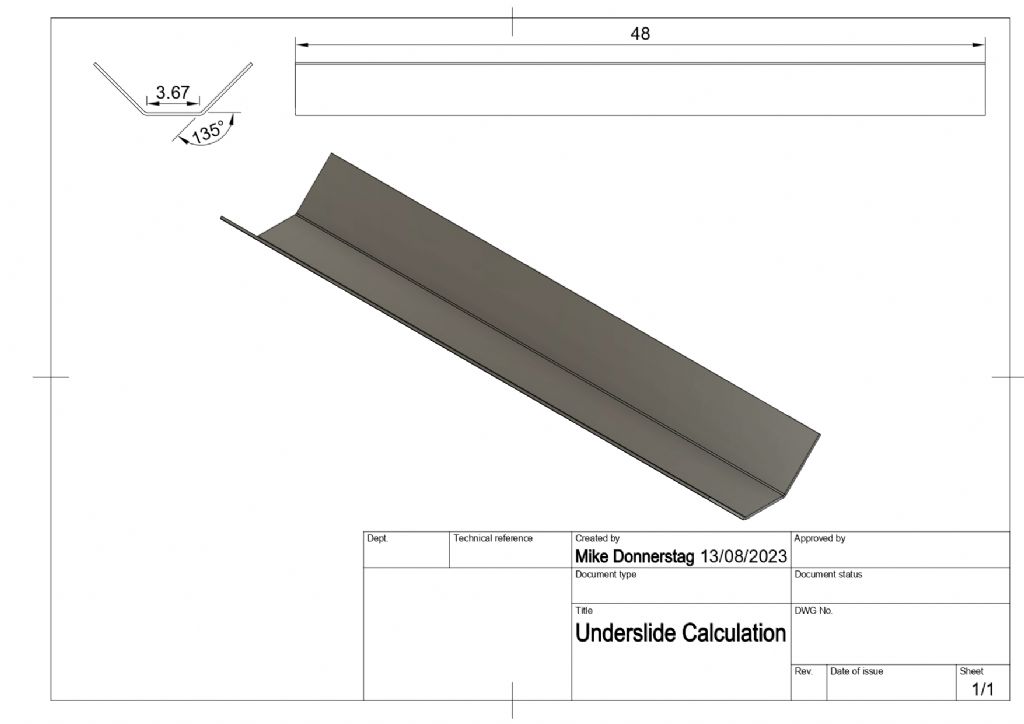
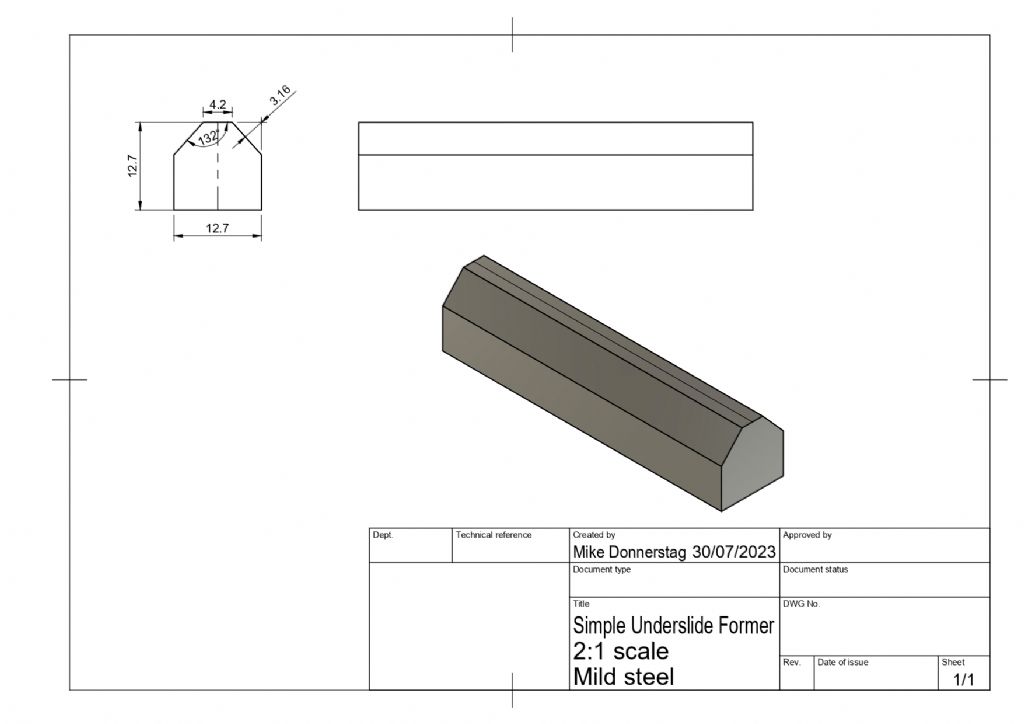
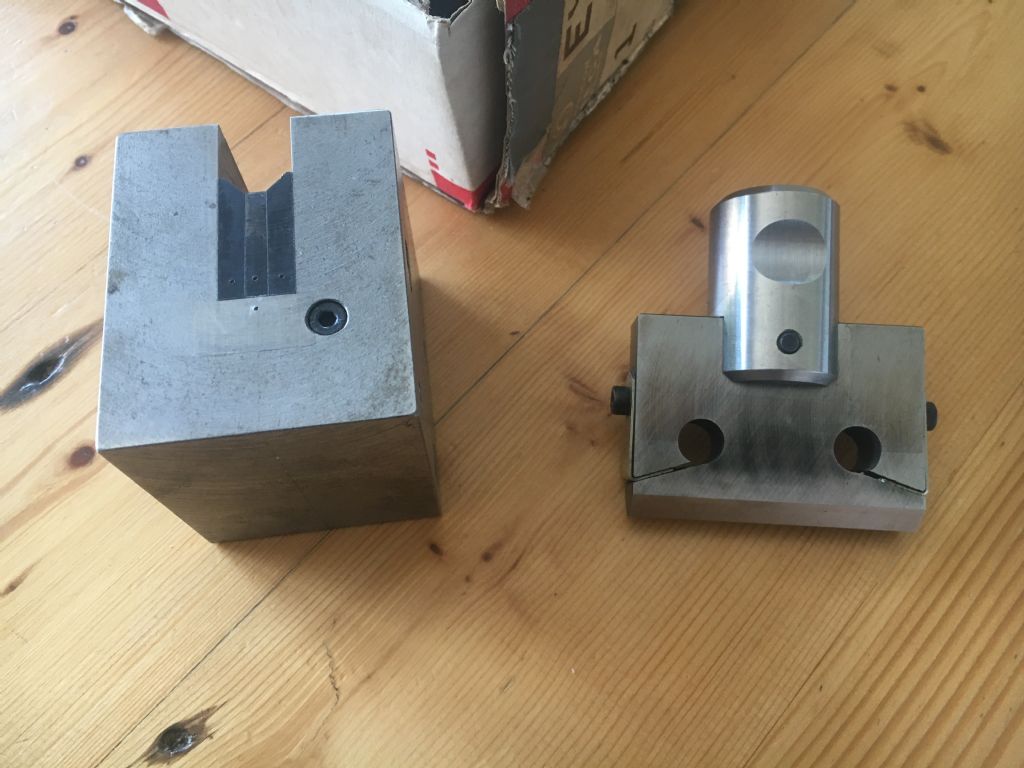
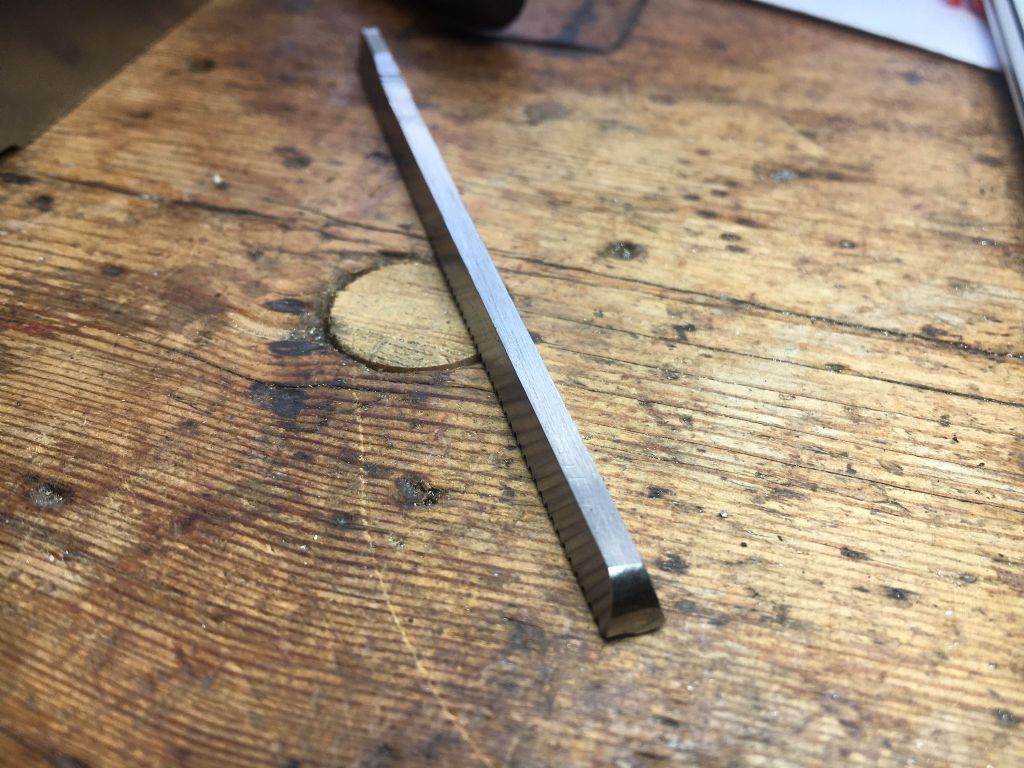
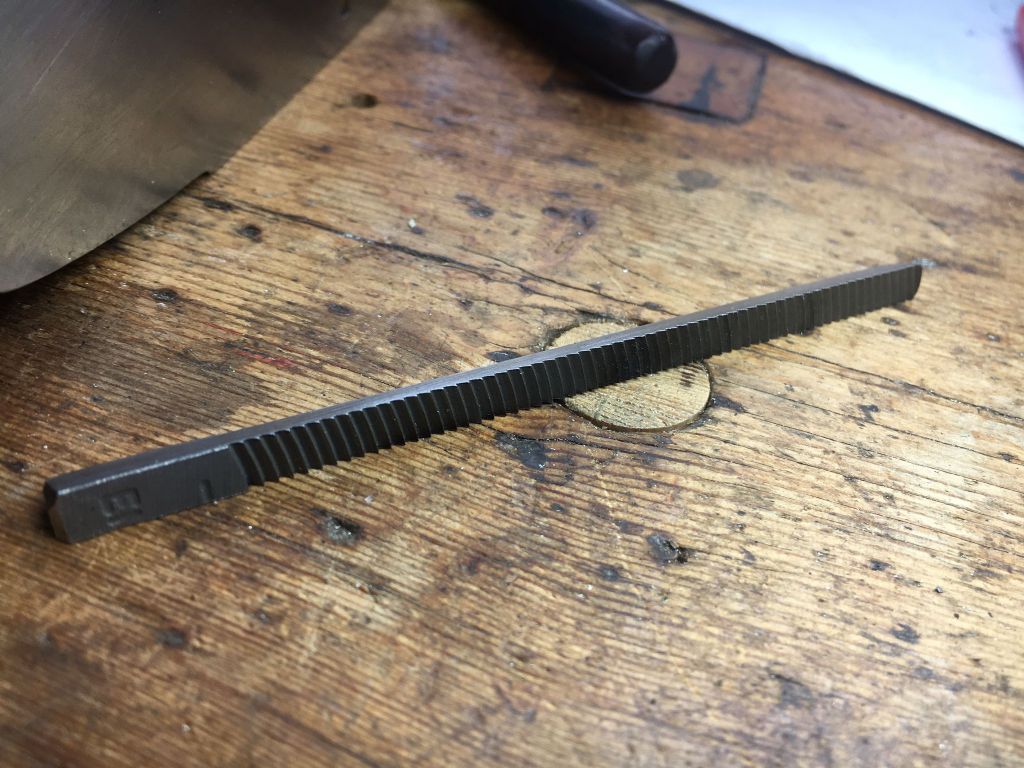

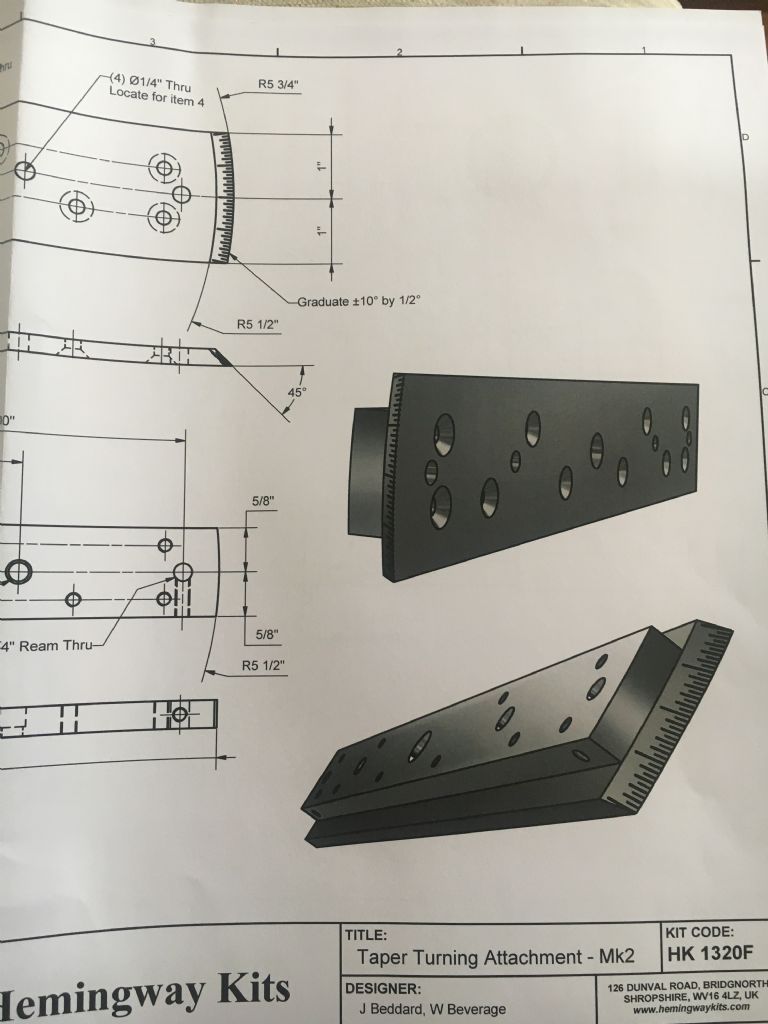
 .
. 








 Register
Register Log-in
Log-in


